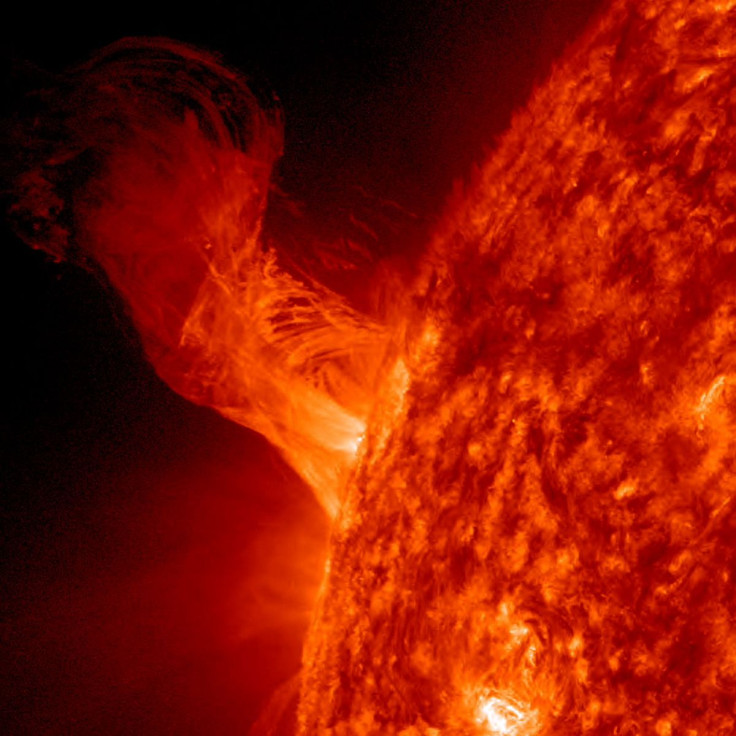Sun’s mysterious superflares can destroy life on Earth; Scientists warn of disrupted power supplies and radio communication

Solar eruptions often hit Earth. However, scientists have made a shocking revelation stating the Sun can produce gigantic, gruesome superflares that can make life extinct on our planet. Such superflares are first capable of breaking down power supplies and radio communication. If things go worse, it can affect life on Earth.
The Sun’s eruptions are energetic particles that it tosses into space. However, sun’s solar eruptions can sometimes produce titanic amounts of hot plasma that can have severe consequences. The Kepler mission discovered mysterious superflares in large numbers four years ago. It was in September 1859 that the largest observed eruption from the Sun was observed, writes The Times of India.
Earth’s ozone layer was severely damaged due to the flares and all telegraph system worldwide went down. It was known as the Carrington Event.
“We did not expect superflare stars with magnetic fields as weak as the Sun’s. This opens the possibility the Sun could generate a superflare — a very frightening thought,” said Prof. Christoffer Karoff from Denmark.
The scientists observed the surface of almost 100,000 stars and their magnetic fields. About 10 percent of the stars observed had a magnetic field which strength was either weaker or similar to that of the Sun’s magnetic field, writes The Sun.
Ironically, life on Earth was made possible because of the presence of a magnetic field. When scientists studied a young, Sun-like star Kappa Ceti, they discovered that magnetic field is definitely one of the most important factors apart from a blanketing atmosphere, liquid water and Earth’s rocky surface for producing life.
RELATED: Magnetic field may have made Earth worth living: Super-massive black hole main source of cosmic rays
It was recently discovered that the alien cosmic rays from outer space that are bombarding Earth are from a super-massive black hole, right at the centre of Earth’s Milky Way Galaxy. An international team of scientists that included University of Adelaide researchers has finally found evidence of these rays and their source.
The scientists confirmed that the cosmic rays are from the blackhole and not remnants from dead stars, as previously thought.





















